Rare Rides: A 1992 Lexus LS 400 in As-new Condition

Rare Rides featured its first Lexus recently, the SC 400 which stood as the brand’s first coupe offering. Today we’ll check out the more important flagship of the Lexus brand upon its introduction in the early Nineties: the LS 400.
Toyota knew it was go big or go home when it came to a luxury offering in the North American market. Its only premium type cars on offer previously were the Corona, and its replacement the Cressida. The Cressida was dated, too slow, not large enough, and not luxurious enough for North American consumer tastes. At home, Toyota offered the Crown and the Century, but those large sedans were also conservative and focused on the demands of the upper-crust Japanese customer (a consumer who was loyal to a domestic car).
In entering the North American market, Toyota would have to pitch its luxury brand to a consumer base not accustomed to thinking of Japanese cars as luxurious; a consumer base that typically bought its luxury cars from established domestic players or the Europeans. Cognizant of the ask ahead Toyota started the development of the LS in 1983, as a super-secret project called F1. The F1 was intended for export, a product not directly for a Japanese audience.
The F1 took five years in development, and cost over $1 billion when all was said and done. The car that resulted was an all-new vehicle with a new V8. Toyota paid special attention to things European luxury sedans had, like a quiet cabin, the ability to tour at high speed, and effective aerodynamics.
The new brand to market the F1 was created in 1986 and called Lexus, and the large sedan the company would sell called the LS. By May 1987 all designs were frozen in place. The production version LS did not share parts with other Toyota vehicles, nor a platform. Its new 32-valve 1UZ-FE V8 was 4.0 liters in displacement, and good for 250 horsepower and 260 lb-ft of torque: Impressive figures at a time when German V8 engines produced around 200 horses. Its suspension was modern, an independent double-wishbone design. There was an air suspension as an optional extra. The design was quieter inside than either flagship offering from BMW or Mercedes-Benz, with a higher top speed, lower coefficient of drag, and lower curb weight.
Crucially in contrast to European and American competition, most features on the LS were standard. Said expansive standard features combined with a low base price of $35,000 to draw in customers. The base price was thousands cheaper than European competition but came with a disclaimer. $35,000 was the ask for an LS with cloth seats, a version with very limited availability that most dealers didn’t stock. Lexus’ main concern at the outset was keeping quality high and pricing low to make up a lack of brand heritage, and thus no snob appeal to the BMW-Jag golfing type customer. Chris Goffey did a nice comparison review on Ye Olde Top Gear back in the day. The LS stood out starkly for its standard equipment against Euro competition in the UK, which often didn’t offer air conditioning, a catalytic converter, or eight cylinders for a comparable price in 1990.
The plan worked, and the LS was an instant sales success which cemented the brand as an outlet of quality and reliable luxury in the eyes of consumers. The initial LS remained on sale through 1992, as a refresh debuted in 1993 in response to customer and dealer commentary. Said revised LS remained on sale through 1994, at which point a second generation arrived for 1995. Gen two was larger, more powerful, and more Avalon-ish looking (I really like the refreshed ’98 to ’00 look below). You probably know the rest.
Today’s Rare Ride is for sale in the hamlet of Orange County, near downtown California. With 22,000 miles since new, it’s in spectacular condition with California-appropriate gold badging and grille surround. The seller asks all the money for this rare condition LS: $23,000.
[Images: Lexus]

Interested in lots of cars and their various historical contexts. Started writing articles for TTAC in late 2016, when my first posts were QOTDs. From there I started a few new series like Rare Rides, Buy/Drive/Burn, Abandoned History, and most recently Rare Rides Icons. Operating from a home base in Cincinnati, Ohio, a relative auto journalist dead zone. Many of my articles are prompted by something I'll see on social media that sparks my interest and causes me to research. Finding articles and information from the early days of the internet and beyond that covers the little details lost to time: trim packages, color and wheel choices, interior fabrics. Beyond those, I'm fascinated by automotive industry experiments, both failures and successes. Lately I've taken an interest in AI, and generating "what if" type images for car models long dead. Reincarnating a modern Toyota Paseo, Lincoln Mark IX, or Isuzu Trooper through a text prompt is fun. Fun to post them on Twitter too, and watch people overreact. To that end, the social media I use most is Twitter, @CoreyLewis86. I also contribute pieces for Forbes Wheels and Forbes Home.
More by Corey Lewis
Latest Car Reviews
Read moreLatest Product Reviews
Read moreRecent Comments
- Carson D Just don't be the whistleblower who reports on the falsification of safety data. That's a deadly profession.
- Carson D I'd have responded sooner, but my computer locked up and I had to reboot it.
- Todd In Canada Mazda has a 3 year bumper to bumper & 5 year unlimited mileage drivetrain warranty. Mazdas are a DIY dream of high school auto mechanics 101 easy to work on reliable simplicity. IMO the Mazda is way better looking.
- Tane94 Blue Mini, love Minis because it's total custom ordering and the S has the BMW turbo engine.
- AZFelix What could possibly go wrong with putting your life in the robotic hands of precision crafted and expertly programmed machinery?




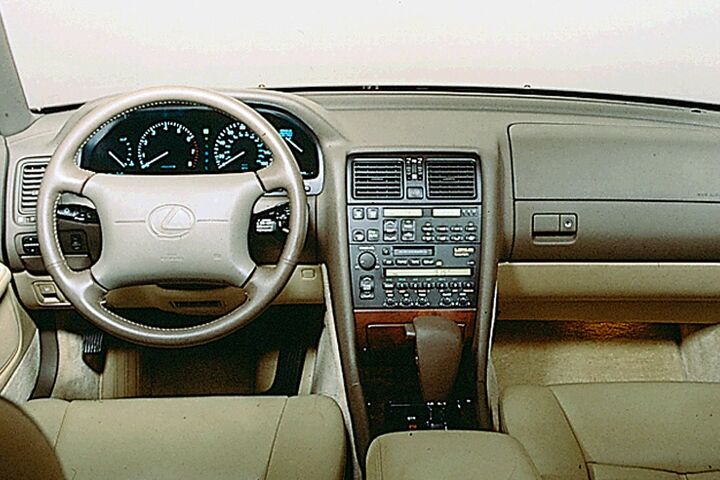














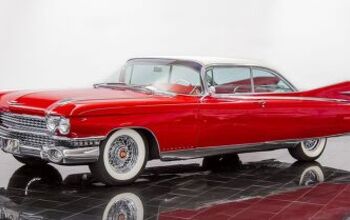
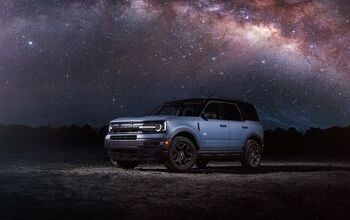
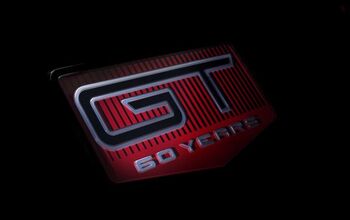

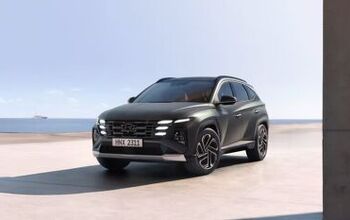
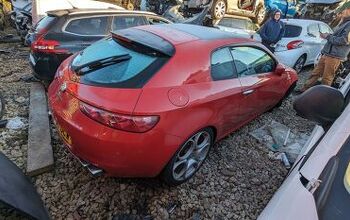








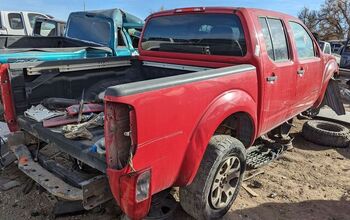
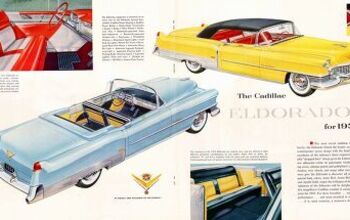
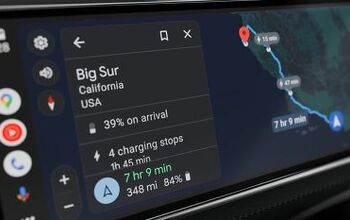

Comments
Join the conversation
My best friend had a Cressida in the late 80s and after 100s of thousands of miles you could not kill it. For its time it was a great luxury car and relatively dependable if you did the required maintenance. Sure this Lexus is nicer but the Cressida was a very nice car.
When I first clicked the headline I half looked at the title and thought it was Murliee article. But then I was like, LS400 in junkyard? Unpossible.